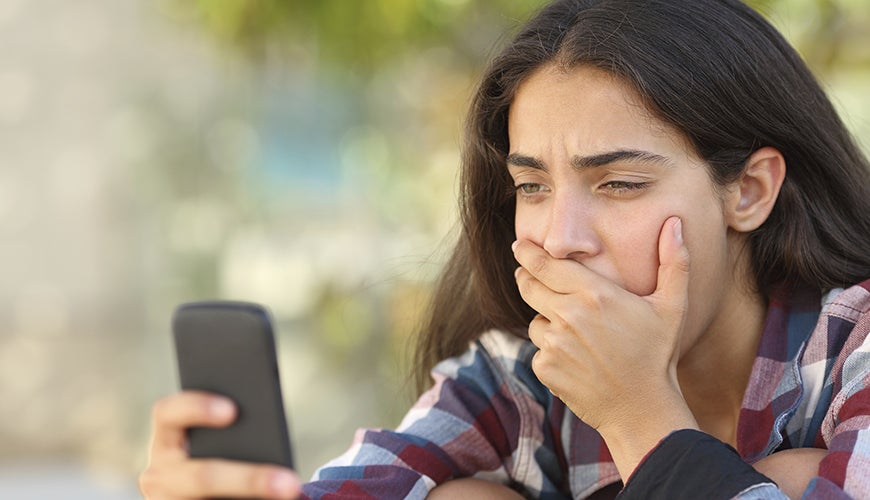What do children & young people think about safety?

Child Safe Organisations consultations
As part of developing the National Principles for Child Safe Organisations, consultations were held with children and young people about what safety means to them. They were asked to draw things that represented what made them feel safe and happy in the organisation, and to write down what promises they thought organisations should make to them.
Children and young people in these consultations said they wanted to be able to have a say and they wanted to be heard. They said that organisations should be responsible and should act when they hear concerns or complaints - not just listen.
Children and young people said that organisations should:
- treat everyone equally and fairly
- help with their hopes and dreams
- make places happy and comfortable
- be good at what they do
- make sure there are lots of ways for children to have a say
- provide information about physical and online safety
- provide access to technology and care when needed
- understand the needs and feelings of individual children.
The views expressed by children and young people during these consultations informed the development of the National Principles and our practical tools, in particular the Charter of Commitment to Children and Young People.
Research on children and young people’s views
Research is available about the views of different groups of children and young people on safety issues. For example, information can be found in the following report:
- This report found that while some young people feel safe and welcome most of the time, many feel unsafe or unwelcome in public or private spaces, unfamiliar or run-down places, or when at school, online, and/or accessing out-of-home care services.
- Many young people suggested that increased security and better maintenance of places and spaces, having more mentors in the community, and/or the opportunity to participate in sporting or cultural events might make places feel safer and more welcoming.
In this research, children and young people agreed that institutions were safe when they:
- Focused on helping children and young people.
- Valued their participation.
- Provided a safe physical environment.
- Proactively protected children and young people from unsafe people and experiences.
- Employed safe and trusted adults.
